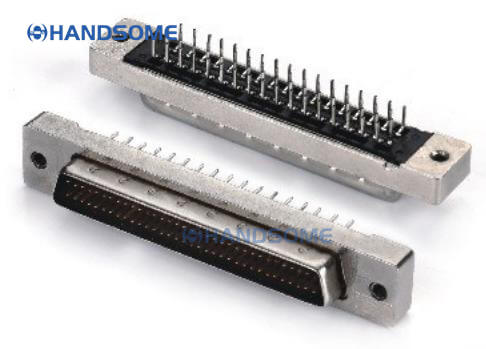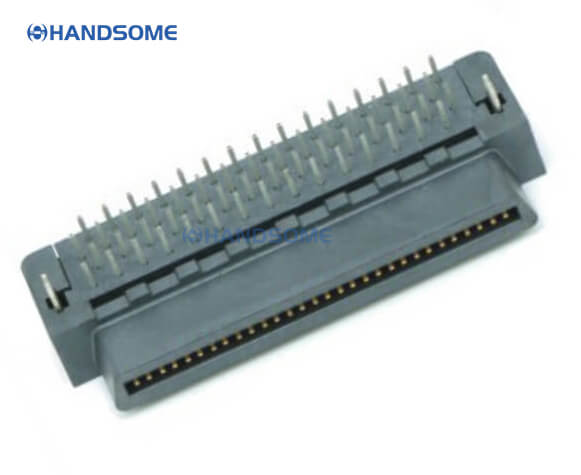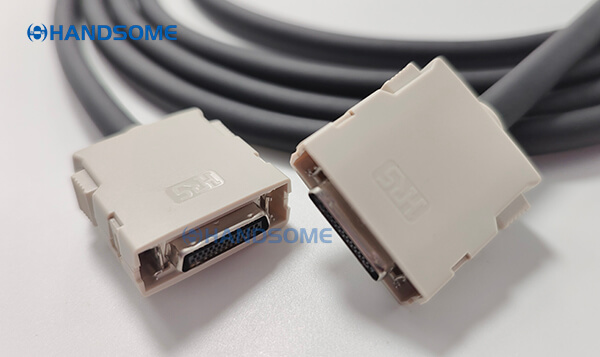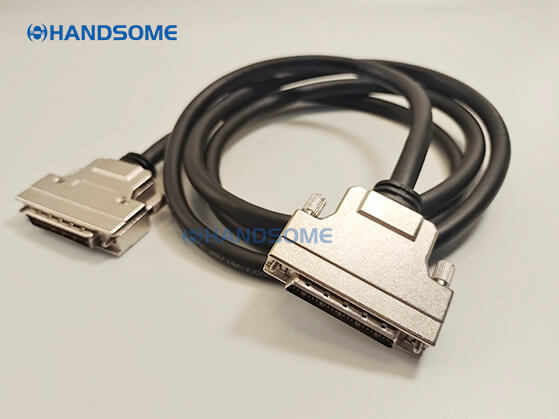Introduction to SCSI Connectors
SCSI (Small Computer System Interface) is a standard for connecting host computers to peripheral devices such as hard drives, CD-ROM drives, scanners, and tape drives. While SCSI technology often costs more than IDE (Integrated Drive Electronics), it offers distinct advantages in speed, performance, and scalability. This article explores SCSI connectors, their evolution, applications, and benefits, as well as their classification and technical specifications.
The Evolution of SCSI Interfaces
Early Development
The SCSI standard was first introduced in 1980. Over time, SCSI has evolved through several generations, each offering improved performance and capabilities. Despite some misconceptions, the development of SCSI technology has been rapid, though it may not be as visible as IDE due to its specialized applications and higher costs.
Generations of SCSI Technology
- SCSI-1 (1986): The original standard, allowing up to 7 devices with a maximum transfer speed of 5 MB/s.
- SCSI-2 (1994): Introduced enhancements like Fast SCSI with improved reliability and a transfer speed of up to 10 MB/s.
- Fast Wide SCSI: A variant of SCSI-2 with a 16-bit bus width, allowing speeds up to 20 MB/s and supporting up to 14 devices.
- Ultra SCSI: A further advancement of SCSI-2, with speeds up to 20 MB/s and support for 7 devices.
- Ultra Wide SCSI: Introduced a 16-bit bus for speeds up to 40 MB/s and supported 14 devices.
- Ultra 2 SCSI: Increased the internal clock speed, reaching 40 MB/s with an 8-bit bus and supporting 7 devices.
- Wide Ultra 2 SCSI: Improved upon Ultra 2 with a 16-bit bus and speeds up to 80 MB/s, supporting 7 devices.
- Ultra 3 SCSI (SCSI-160): Achieved speeds up to 160 MB/s using a 32-bit PCI slot and supported up to 14 devices.
- Ultra 320 SCSI: The latest standard, providing up to 320 MB/s using a 64-bit PCI slot and backward compatibility with SCSI-160.
Applications of SCSI Connectors
SCSI connectors are used in a variety of high-performance and industrial applications:
- Hard Drives and Tape Drives: Ideal for large-scale data storage and backup solutions.
- Optical Drives: Used for CD-ROMs and DVD-ROMs in professional settings.
- Scanners: Employed in environments requiring high-resolution image capture.
- Servers and Workstations: Essential for high-performance computing tasks and data management.
SCSI technology is particularly well-suited for environments that demand high data transfer rates, multiple device connections, and robust performance, such as recording studios and data centers.
Advantages of SCSI Connectors
1. High Performance and Speed
SCSI offers high data transfer speeds, with the latest Ultra 320 SCSI standard achieving up to 320 MB/s. This performance is crucial for applications requiring large amounts of data to be processed quickly, such as professional audio recording and video editing.
2. Support for Multiple Devices
SCSI supports up to 30 devices in a daisy chain configuration. This allows for the connection of numerous peripherals to a single controller, which is advantageous for complex systems and environments where multiple devices are needed.
3. Extended Bus Length
SCSI allows for the extension of the physical bus up to 6 meters with single-ended drives and 25 meters with differential drives. This flexibility facilitates the connection of devices located at a distance from the host computer.
4. Low CPU Overhead
SCSI controllers manage data transfer with their own command sets and caching mechanisms, reducing the load on the host CPU and allowing for efficient multitasking.
5. Standardized Commands and Compatibility
The SCSI specification includes a comprehensive set of commands for various device types, ensuring compatibility and simplifying the integration of new devices into existing systems.
SCSI Connector Classification
By Interface Type:
- Solder Wire Type: For direct, permanent connections.
- Piercing Type: Uses pins to make connections, often in compact configurations.
- 180-Degree Plug-In Type: Connects devices with a perpendicular orientation.
- 90-Degree Plug-In Type: Features a right-angle connection for space-saving.
- SMT Connector: Surface-Mount Technology for electronic devices.
By Port Type:
- CN Type: A general category for various SCSI connectors.

- DB Type: Commonly used for many SCSI applications.

- VHDCI Type (Very High Density Connector Interface): A high-density connector for space-efficient applications.

Commonly Known Connectors:
- MDR Connector (Mini Delta Ribbon): A compact, high-density connector.
- SDR Connector (Shrunk Delta Ribbon): A smaller, space-efficient version of MDR.
Pin Configurations:
- 14P, 20P, 26P, 36P, 40P, 50P, 68P, 100P: Different pin counts for varying applications and device requirements.
Conclusion
SCSI connectors play a vital role in the connectivity of peripheral devices, offering high-speed performance, the ability to connect multiple devices, and flexibility in device placement. While newer technologies like SATA and USB have become more common, SCSI remains an important standard for high-performance and industrial applications. By understanding the different SCSI standards, connector types, and their respective advantages, you can make informed decisions about which technology best meets your needs.

